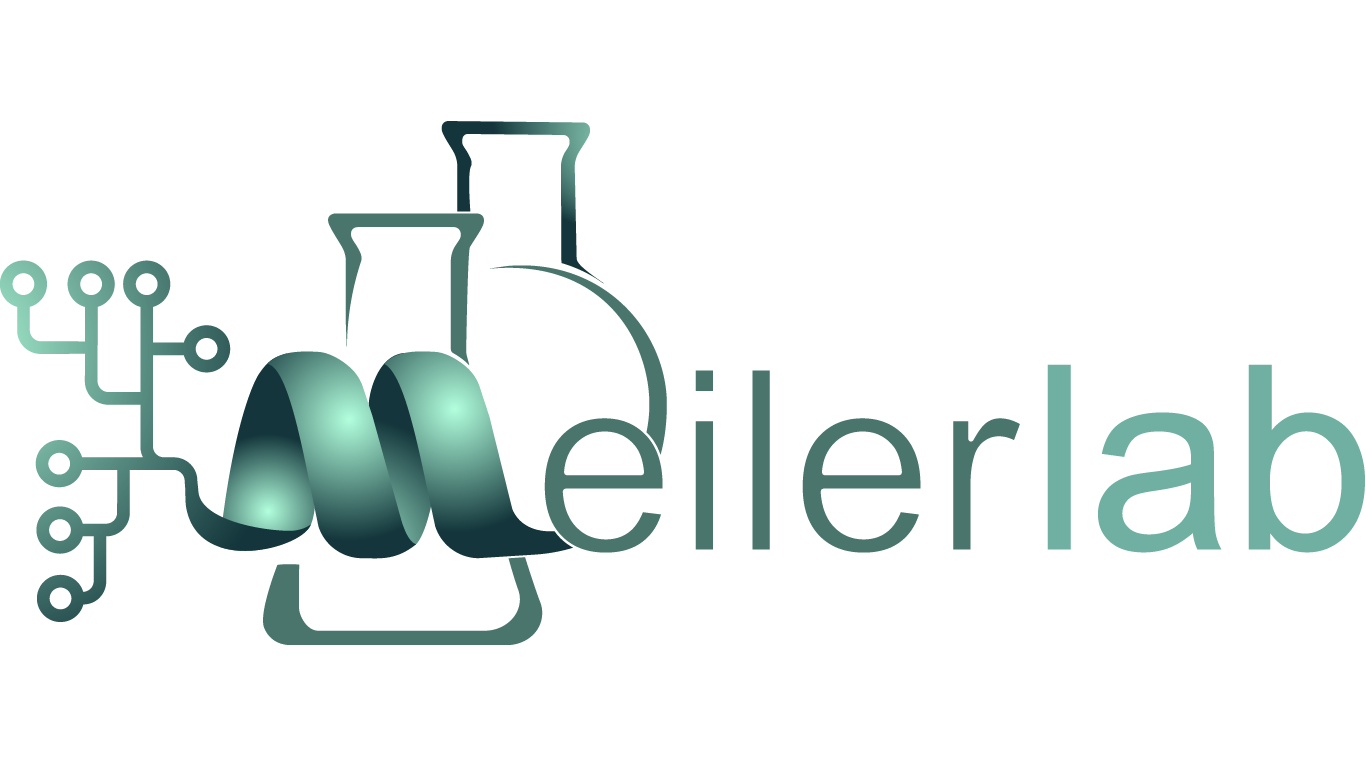Protein family superfolds are of much significance because they show nature’s preference for certain folds. The Meiler lab has taken a particular interest in the (βα)8 barrel (also known as a TIM-barrel) superfold because of its prevalence among proteins with known crystal structure, and because of its 2-fold symmetry. Currently I am studying protein-ligand binding of these (βα)8 barrels, specifically HisF in the histidine biosynthesis pathway and indole-3-glycerol phosphate synthase in the tryptophan biosynthesis pathway. I am most interested in redesigning the protein-ligand interface of these proteins, using RosettaLigand of the Rosetta modeling suite. De novo design of protein pocket interfaces has proven to be a difficult challenge, so I hope to achieve success by using proteins with a known binding pocket and crystal structure. I will first test if I can improve binding of the native substrate, and then test if (with few mutations) I can bind non-native ligands. The designs with the most favorable energy will be tested experimentally and validated with 2D NMR spectroscopy. Current results show that RosettaLigand does indeed design sensible mutations within the protein-ligand binding site. As I continue to work with RosettaLigand developers in my lab, I become closer to designing models that I can test experimentally.
Alumni Project Members: Brittany Allison
